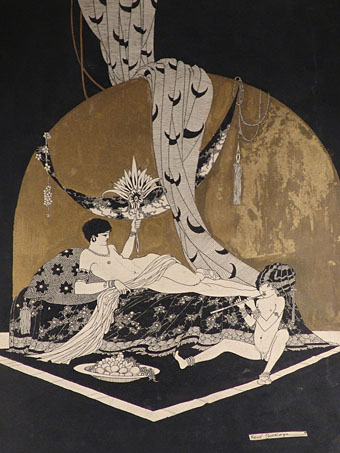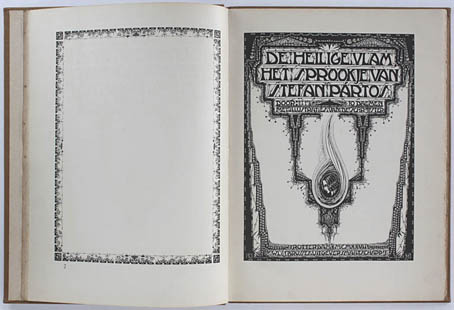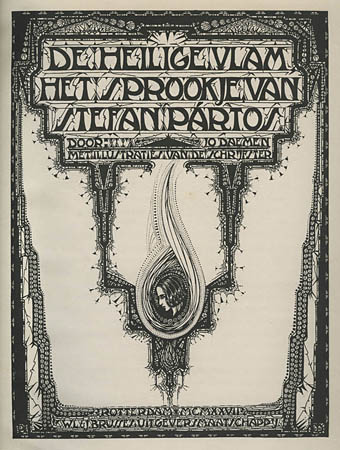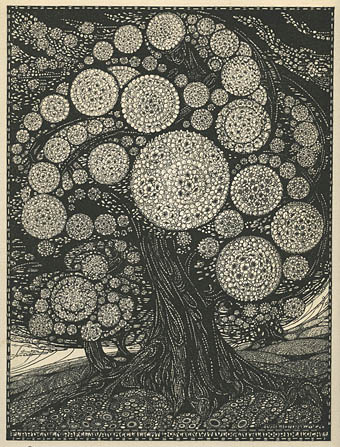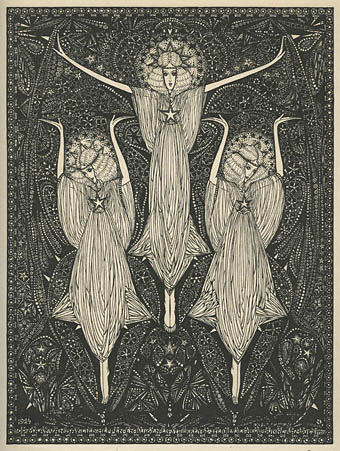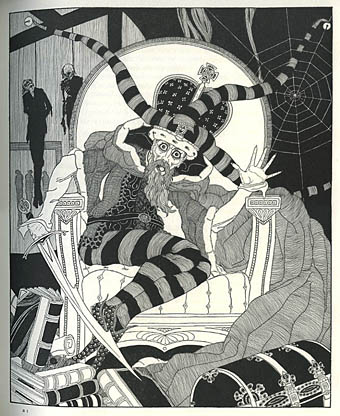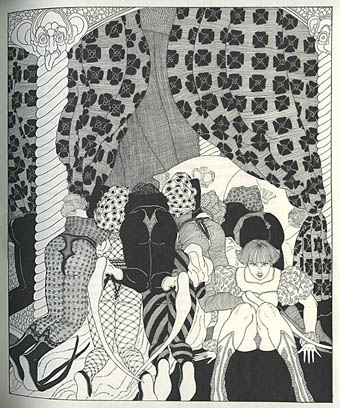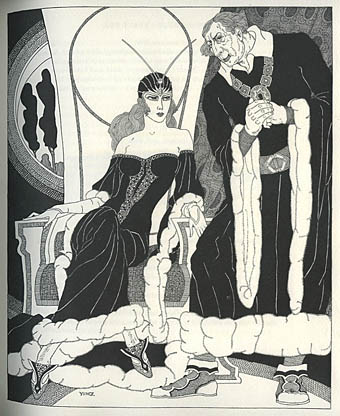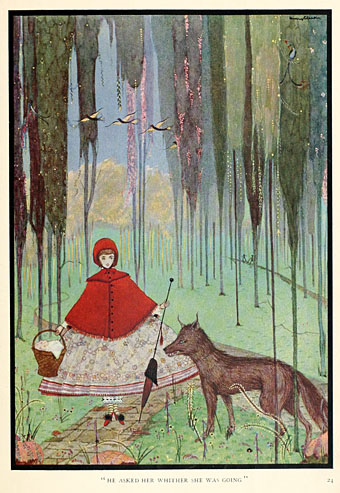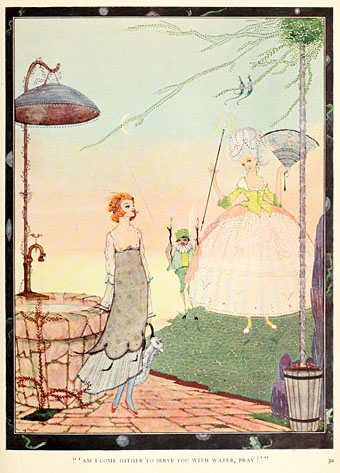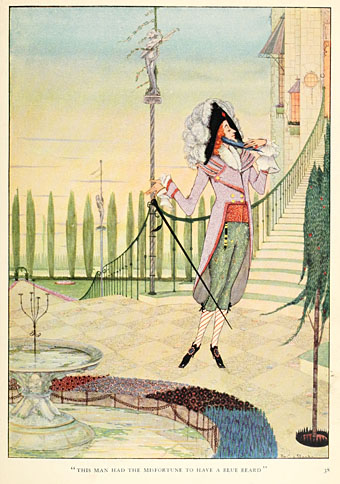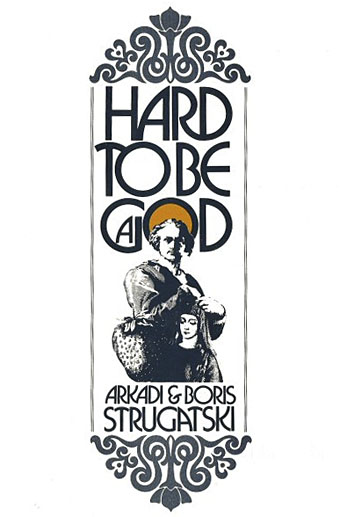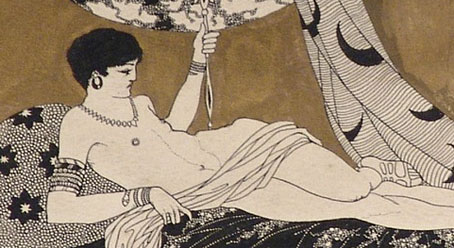
Presenting another guest post by Sander Bink concerning drawings by Dutch artists from the early decades of the 20th century, several of which show a distinct Beardsley influence. There’s also more than a little Harry Clarke in some of the details, especially the large Salomé picture below. Sander examines the provenance.
* * *
In our ongoing research into the influence of Aubrey Beardsley and Carel de Nerée in Dutch art of the early twentieth century, René Gockinga must be one of the most elusive. We wrote about him earlier but in the meantime we spoke to someone who has known him in the latter years of his life (he died 1962 in Amsterdam), she could not tell us more about the whereabouts of his early Beardsley-esque works. His more traditional Indonesian paintings from the 1930s sometime turn up at auction and I have also seen some samples of his post-WWII abstract paintings.
But of course, it’s the early, ‘decadent’ work, we’re most interested in. The RKD (Netherlands Institute of Art History) has pictures of about five of these, for the time being, lost drawings. So the Klein portrait was of course a great find. We were quite content and never dreamed of finding more unknown Gockinga’s (we do not know the whereabouts of the Salomé reproduced in the earlier post).
So one can image our surprise when we recently received an email from an art lover from Florida who had stumbled upon three drawings by Gockinga. At an Atlanta, Georgia antique show of all places! But then again: Gockinga has lived in New York from 1924 till 1932 or possibly 1938. At some point he might have sold his early work?
However it is, these are great and as far as we know never before seen examples of a quite talented but also quite obscure and neglected Dutch artist from the period. I suspect the main reason for this neglect could be due to the nature of his work which was probably too homo-erotic and pornographic for the (Dutch) public. As far as we know, he only had one exhibition where his Beardsley- and De Nerée influenced work was shown. That took place summer 1917 at the d’Audretsch gallery, The Hague. This gallery which owned a large collection of work by De Nerée and Gockinga must have seen his work there. Otherwise they could have seen his work someplace else at the early De Nerée exhibitions which took place 1910–1917.
In the first drawing presented here the De Nerée influence is apparent in the use of the golden painted background, a technique De Nerée applied in several works from around 1903, like La Promeneuse (below; collection Meentwijck).

